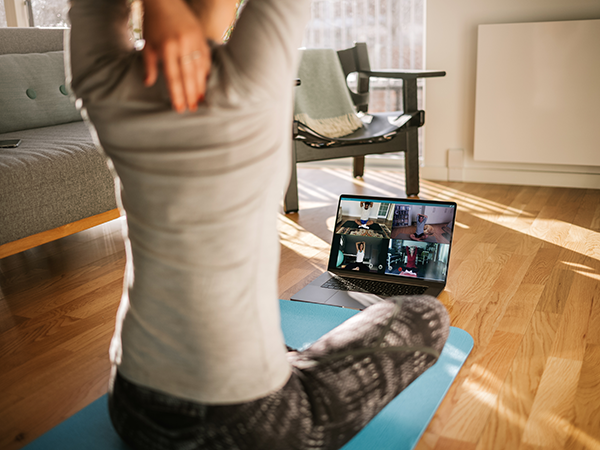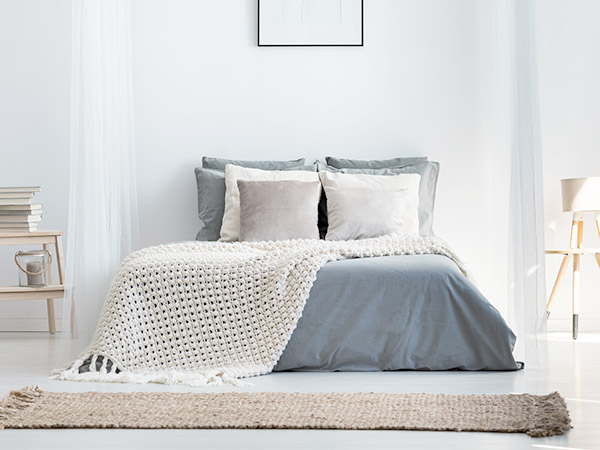3 Reasons Financial Wellness Should Be One Of Your New Year’s Resolutions
Financial Education
Minimalist Living: Spending Tips For A Balanced Financial Life
Wellness
Building Wealth
Money Management
What Is Minimalist Living?
tidying
Minimalist Spending Tips
1. Identify your priorities
budget planning worksheet
2. Change your spending mindset
3. Remove temptation
Schedule an appointment

8 Ways To Be More Eco-friendly (and Save Money)

5 Self-care Ideas To Manage Stress This Holiday Season

How to Manage Pet Care Costs & Expenses

Checklist To Help You Save Money & Financially Plan For A Baby

Health And Wellness On A Budget? It Is Possible!

3 Simple Ways To Save Energy (and Money) At Home

Mid-year Financial Check-up: 5 Questions To Ask

Gain Control Of Your Health Care Costs





Featured Products
Financial Education
About
Help & Support





Stay on SummitCreditUnion.com
Go
Consumer Financial Protection Bureau's website.




